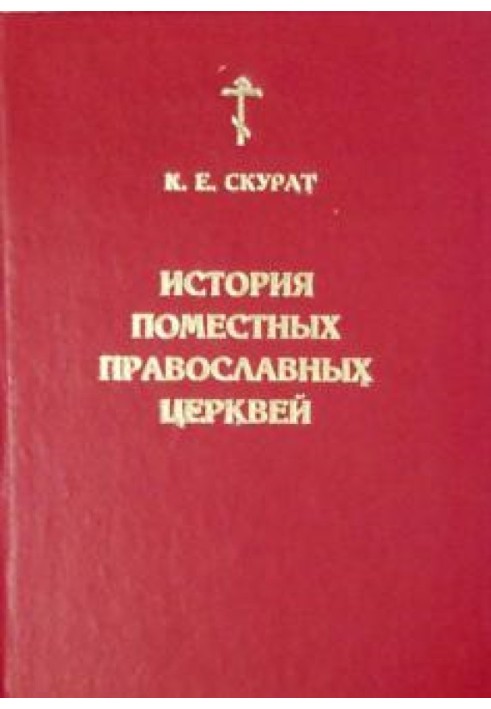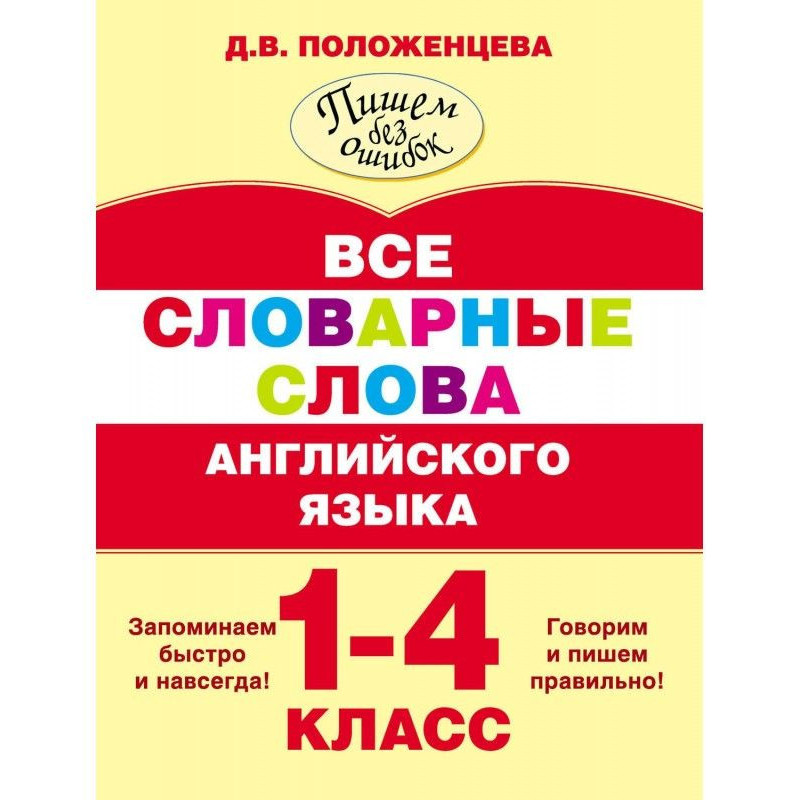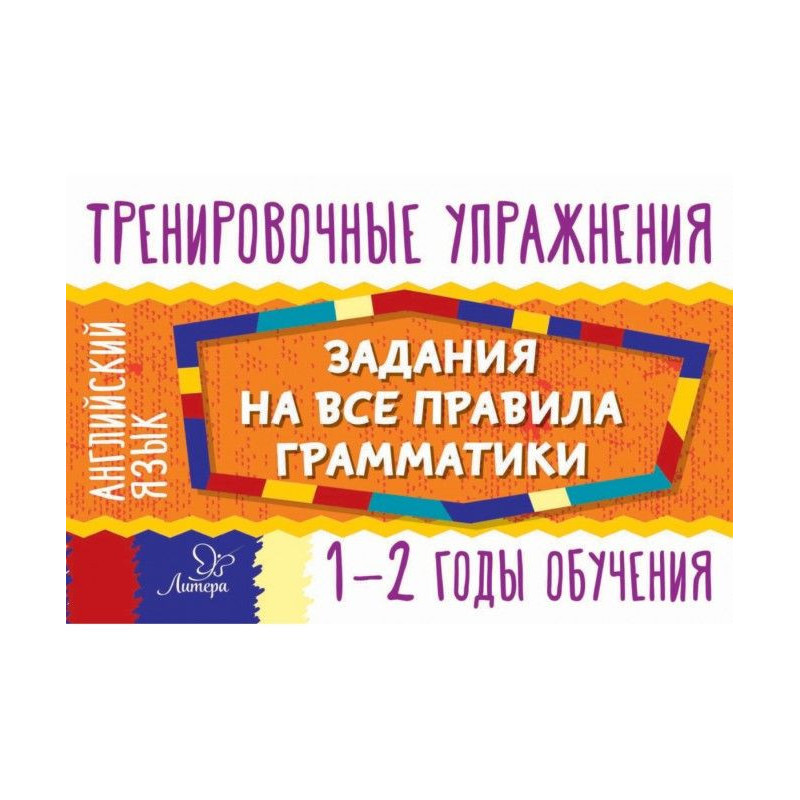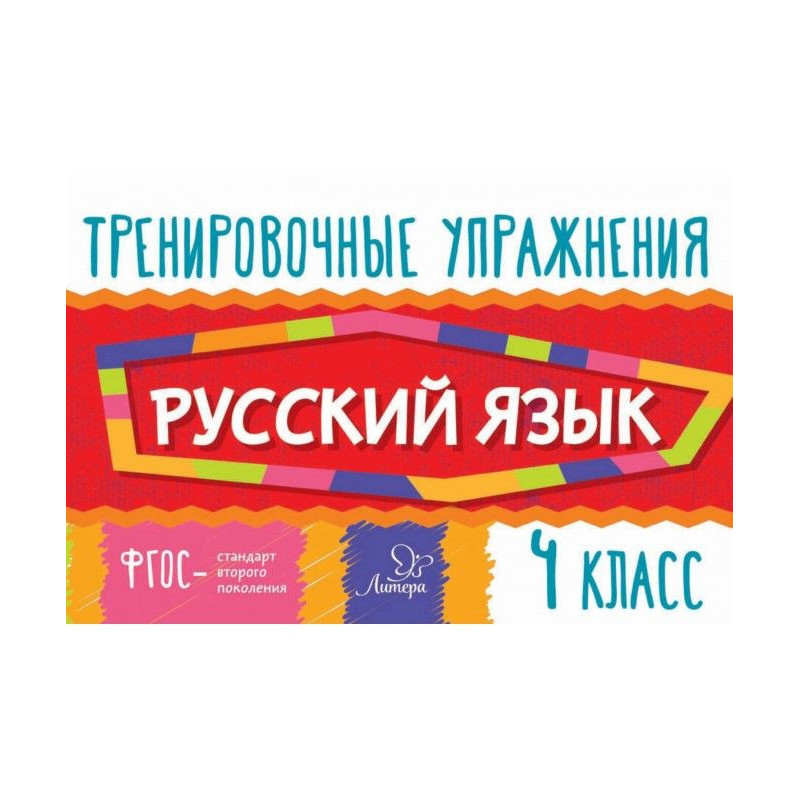History of Local Orthodox Churches
 Instant download
Instant download
after payment (24/7)
 Wide range of formats
Wide range of formats
(for all gadgets)
 Full book
Full book
(including for Apple and Android)
A few explanatory words about the structure of this tutorial. It consists of 10 chapters, each of which is devoted to revealing the history of a separate Local Autocephalous Orthodox Church. The order of the Churches corresponds to the existing diptych in the Russian Orthodox Church. Here the question may immediately arise: in what order should all the Local Orthodox Churches be listed in the lists of these Churches ? The most natural order is chronological, that is, the distribution of Churches according to the time of their founding. This order is convenient for the emergence of new Local Churches: the new Church is placed at the end of the list. Indeed, in the oldest monument of Christian writing - “The Apostolic Constitutions” (Book VII, §46. Kazan, 1864. pp. 243-244) it is used chronological order: the Jerusalem Church is placed in first place, and the Roman Church in fifth. But the fathers of the Sixth Ecumenical Council used a different principle - the political significance of the cathedral cities of one or another Local Church, therefore they placed the ancient Church of Jerusalem in fifth place. “We determine, they declared, that the throne of Constantinople should have equal advantages with the throne of Ancient Rome, and, like this, let it be exalted in church affairs, being the second pone; after this, let the throne of the great city of Alexandria be listed, then the throne of Antioch, and after this the throne of the city of Jerusalem” (canon 36; cf. canon 3 of the Second Ecumenical Council). From this we can conclude that the existing lists of Local Churches do not have dogmatic foundations. They do not mean any the advantages of the power of one Church over another. All Autocephalous Local Orthodox Churches are equal in rights, as is quite clearly evidenced by the 39th rule of the Sixth Ecumenical Council, which equalizes two Churches that were different in position at that time - Cyprus and Constantinople. “Yes,” says the mentioned rule, “New Iustianople (the new see of the Primate of Cyprus after his forced relocation with his flock to the Hellespont. - K.S.) has the rights of Constantinople.” The distribution of Churches according to the list has only practical significance, for example, when determining places during the joint performance of divine services by representatives of different Churches, during a meeting of the Council, etc. It should be noted that the first five according to the diptych of the Local Autocephalous Orthodox Churches are Constantinople, Alexandria, Antioch, Jerusalem and Russian are not considered here. This is explained by the fact that the history of these Churches - Patriarchates is studied separately according to the program of theological schools. Each chapter of the textbook is structured as follows: the history of a given Church is revealed, existing dioceses are listed and a list of Primates of the Church since its inception is given. At the end of the chapter there is a list of literature that was published in Russian and in the language of this Church. Regarding the bibliography, it should be noted that the author tried not to cite the same works several times, although they often contain material on many Churches. Usually they are given in the list of literature about the Church that is discussed in the textbook in previous chapters. The current state of individual Local The Orthodox Churches (mainly the position of the Church in the state) are shown at the end of the eighties or the beginning of the nineties of the current century. The material presented in the work is mostly new, as are the Churches under consideration, which relate mainly to the phenomena of recent history. The purpose of this work is to, at least to a small extent, fill the gap existing in our Russian church literature on the history of the Local Orthodox Churches, especially in recent times. The enormity of the volume of this work often led the author to shorten the presentation and generalize the material. Realizing that perhaps not everything was possible to do, taking into account the peculiarities of the topic and rapidly changing modern conditions, the author asks readers to send their comments, suggestions and additions that could help in improving the proposed teaching aid. The author thanks the staff of the Church-Archaeological Cabinet and the Library of the Moscow Theological Academy for the assistance they provided in the selection of illustrative material for this book.
The jurisdiction of the Georgian Orthodox Church extends to Georgia. However, “in the Georgian Church it is generally accepted,” testifies Metropolitan Elijah of Sukhumi-Abkhazia (now Catholicos-Patriarch) Ilia in his response dated August 18, 1973 to a letter of inquiry from the author of this work, “that the jurisdiction of the Georgian Church extends not only to the borders of Georgia, but for all Georgians, no matter where they live. An indication of this should be considered the presence in the title of the High Hierarch of the word “Catholicos.” Georgia is a state located between the Black and Caspian seas. WITH in the west it is washed by the waters of the Black Sea, has common borders with Russia, Azerbaijan, Armenia and Turkey. Area - 69,700 sq. km. Population - 5,201,000 (as of 1985). The capital of Georgia is Tbilisi (1,158,000 inhabitants as of 1985). ).
The jurisdiction of the Serbian Orthodox Church extends to the territory of the former Yugoslavia (SFRY) - now the Federal Republic of Yugoslavia (FRY) - as well as to the Orthodox Serbs of America (USA and Canada), England, Austria, Hungary, Germany , Switzerland, France, Romania, Greece, Turkey, Libya, Australia and New Zealand. Yugoslavia is located on the Adriatic Sea. It borders with Albania, Italy, Austria, Hungary, Romania, Bulgaria and Greece (the borders of the former SFRY). Area - 255,800 square meters. km (formerly SFRY). Population - over 23,600,000 (as of 1989). Capital - Belgrade - 1,500,000 (with suburbs). The SFRY included 6 republics: Serbia, Croatia, Macedonia, Slovenia, Bosnia and Herzegovina, Montenegro. The FRY includes Serbia and Montenegro.
A special place in the history of the Serbian Orthodox Church is occupied by the Autonomous Macedonian Orthodox Church. At the beginning of October 1958, the “Church Council of the Macedonian Orthodox Church” was held in Ohrid, in southern Yugoslavia. The Council declared the restoration of the ancient Ohrid Metropolis, founded the autonomous Macedonian Orthodox Church and elected its first Metropolitan in the person of a young employee of the Belgrade Patriarchate - Bishop Dositheus. And in July 1967, the Ohrid Council of Macedonian clergy and laity, without the blessing of the Mother Church, declared its Church autocephalous. The Ohrid Councils were the result of a number of events in Macedonia. Macedonia is located on the southern border of the Federal Republic of Yugoslavia. The eastern (historical) regions of Macedonia are located on the territory of Bulgaria, and the southern regions are located on the territory of Greece. This entire region inherited the ancient Greek name of the powerful Macedonian kingdom. One of the great ancient commanders and conquerors, Alexander, called the Macedonian, came from a royal dynasty in Macedonia. The advantageous geographical position of Macedonia - the center of the Balkan Peninsula - made it a disputed territory for neighboring countries.
The jurisdiction of the Romanian Orthodox Church extends to the territory of the Republic of Romania, as well as to the Orthodox Romanians of Australia, New Zealand, America (USA and Canada) , England, Sweden, France, Germany, Austria and Bulgaria. Located between Eastern and Central Europe Romania is washed from the east by the Black Sea, has common borders with Ukraine, the Republic of Moldova, Bulgaria, the Federal Republic of Yugoslavia and Hungary. Area – 237,500 square meters. km. Population – 23,100,000 (1990 estimate) Capital – Bucharest 2,300,000.
I. Metropolis of Ungro-Vlachian (Ungro-Wallachian)
II. Metropolis of Moldova and Suceava
III. Metropolis of Ardeal (Ardealui, Transylvania)
IV. Metropolis of Oltenia
V. Metropolis of Banat
I. Metropolis of Sibiu
II. Bukovina-Dalmatia Metropolis (1873–1919) III. Romanian Church Metropolitan-Primates
The jurisdiction of the Bulgarian Orthodox Church extends to the territory of Bulgaria, as well as to the Orthodox Bulgarian communities of North and South America, Australia and etc. The Republic of Bulgaria is a state in the east of the Balkan Peninsula. In the north it is separated from Romania by the Danube, in the east it is washed by the Black Sea, in the south it borders with Turkey and Greece, and in the west with the Federal Republic of Yugoslavia. The main population of the country is Bulgarians. In addition to them, there are Turks, Armenians, Gypsies, Russians, Greeks, Jews, etc. Area - 110,900 sq. km. Population - more than 8,990,000 (as of 1989) Capital Sofia - 1,200,000 people.
The jurisdiction of the Cypriot Orthodox Church extends to the territory of the Republic of Cyprus - a state on the island of the same name in the eastern part of the Mediterranean Sea. Area Cyprus - 9,251 sq. km. Population - 677,000 (as of 1988), 80% - Greeks, 18% - Turks. Capital - Nicosia (Nicosia) - 200,000 inhabitants.
Jurisdiction of the Greek Orthodox Church extends to the territory of Greece (Greek Republic). Greece is a state in the south of the Balkan Peninsula and adjacent islands. In the north it borders with Albania, Macedonia and Bulgaria, in the northeast - with Turkey. The eastern coast of Greece is washed by the Aegean Sea, the southern by the Mediterranean, and the western by the Ionian. Many islands: Ionian Islands, Crete, Dodecanese, Aegean. Area 131,990 sq. km, incl. islands - 25,100 sq. km. Population - about 9,900,000 people (1984). 95% of the population are Greeks. Capital - Athens (over 3,000,000 inhabitants).
The jurisdiction of the Albanian Orthodox Church extends to the territory of Albania and on the Orthodox Albanians of North America (USA). Albania is a state in the southwest of the Balkan Peninsula. In the north it borders with Yugoslavia, in the east with Macedonia and in the south - with Greece, in the west it is washed by the Adriatic Sea. Area - 28.7 thousand square meters. km. Population (1989) - approx. 3,200,000 (97% Albanians, 3% Greeks, etc.). The capital is Tirana (216,000 people). Many Albanians live outside Albania, mainly in Yugoslavia, Greece, Southern Italy (mainly in Calabria and Sicily). In addition, there are Albanians in North America (several tens of thousands), South America and Romania.
The jurisdiction of the Polish Orthodox Church extends to Orthodox Christians living in Poland and, partially, in Portugal, Brazil and Italy. Poland— state in central Europe. In the north, its shores are washed by the Baltic Sea and border on Russia, in the east it borders with Lithuania, Belarus and Ukraine, in the south - with Slovakia and the Czech Republic, in the west - with Germany. Poles make up 98 - 99% of the population. Belarusians, Germans, Jews, Slovaks, Czechs, Lithuanians, Ukrainians, and Russians also live in Poland. Area - 312,700 square meters. km. Population - 37,900,000 (as of 1989). Capital Warsaw - 1,700,000.
The jurisdiction of the Czechoslovak Orthodox Church extends to the territory of Czechoslovakia [626]. Czechoslovakia (since January 1, 1993 two countries - the Czech Republic and the Slovak Republic) are located in the central part of Europe. Consists of three historical regions: the Czech Republic (Bohemia), Moravia and Slovakia. It has common borders with Ukraine, Hungary, Austria, Germany and Poland. Area - 127,900 sq. km. Population - 15,600,000 (as of 1990). The capital of the Czech Republic is Prague (1,200,000 inhabitants), the capital of Slovakia is Bratislava (446,880 inhabitants).Czechs and Slovaks make up 94% population. Of the national minorities, Hungarians predominate.
The jurisdiction of the Orthodox Church in America extends mainly to part of the Orthodox flock in the United States, as well as to some Orthodox parishes in Canada, Mexico, Argentina, Brazil, Peru, Venezuela and Australia. The USA is located in North America. They border with Canada and Mexico. The state consists of 50 states (48 contiguous and separate Alaska and Hawaii) and the federal (metropolitan) District of Columbia. Area - 9,364,000 square meters. km. Population - over 250,000,000 (as of 1990). Capital - Washington; without suburbs - 626,000 (in 1990), with suburbs - more than 3,000,000 inhabitants.
Data sheet
- Name of the Author
- Константин Скурат Ефимович
- Language
- Russian
Reviews
Важливий внесок в історію православ'я
Книга "Історія Помісних Православних Церков" є надзвичайно цінним навчальним посібником, який детально розкриває історію окремих Помісних Автокефальних Православних Церков. Автору вдалося зібрати величезну кількість інформації, що охоплює не лише хронологічний порядок заснування Церков, але й їхній вплив на розвиток християнства в різних регіонах. Кожен розділ написаний зрозуміло та структуровано, що робить його доступним для читачів з різним рівнем підготовки. Особливо вражає бібліографія, що містить літературу на різних мовах, що свідчить про глибоке дослідження теми. Книга не лише заповнює прогалини в російській церковній літературі, але й стимулює до подальших досліджень у цій важливій галузі. Рекомендую всім, хто цікавиться історією православ'я та його впливом на культуру та суспільство
















